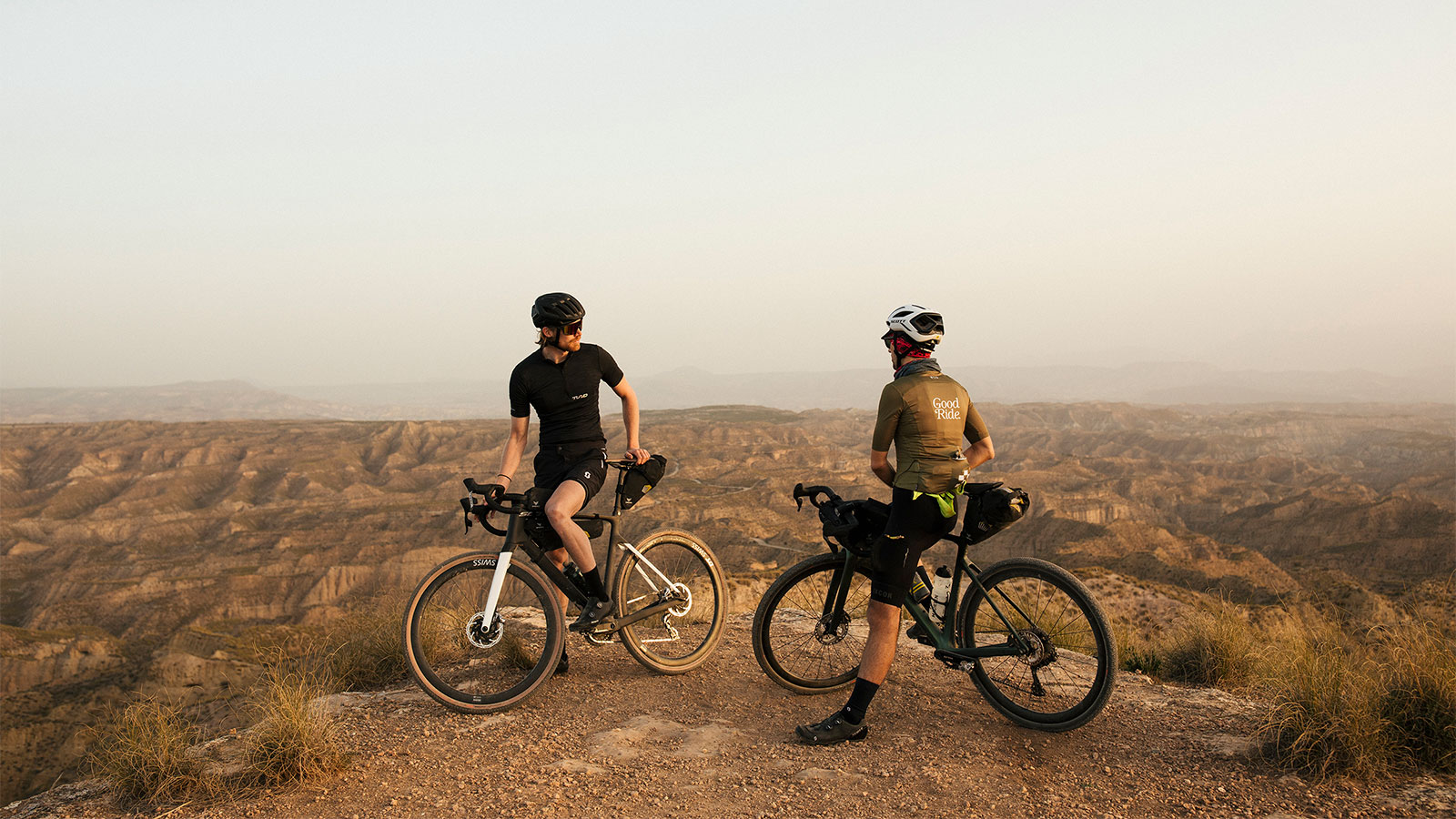
Looking for a new bike and considering a Gravel bike then you have come to the right place. We will go through a few main points in the following blog and see if a Gravel bike is the right bike for you!
Over the last few years, gravel bikes have got more and more popular. It’s easy to see why with the versatility and ease for cyclists to get off the main roads and link up with routes they normally wouldn’t. Nothing is out of your reach, so whether it's mixing it up with some gravel tracks, muddy woods or tarmac a Gravel bike will take you on that new adventure.
While Gravel riding really did come from the American mid-west and lets be honest we don't have the same terrain here, we do have more and more greenways, fire roads and single tracks. So, the idea of gravel bikes and getting off busier roads is now becoming more attractive to cyclists.
Gravel bikes are normally drop handle bar bikes which give the rider more versatility for on road and off-road cycling. They are designed to be fast on tarmac, but give the rider the tools to venture off-road and tackle single tracks routes. The versatility of a gravel bike makes it ideal for long endurance rides, variable terrain and bikepacking.
One of the main points is the large tyre clearance so you can fitter bigger tyres which appeal to some riders that are not comfortable with smaller tyre sizes like 700x23, 25 or 28.
They are similar in design. However, a cyclocross bike is more aggressive in geometry than a gravel bike. Cyclocross bikes are designed for an hour or so racing, so they need to be nimble and agile with sharp steering. They also have a higher bottom bracket position, this improves ground clearance for race obstacles.
While a gravel bike is designed for long days in the saddle very similar to an endurance road bike. In general the geometry of a gravel bike is shorter reach and a more upright position than a Cyclocross bike.
Like your standard road bikes you can have different frame options such as alloy and carbon. Similar to road bikes alloy frame version are a little more cost efficient and can be a great option for an entry level gravel bike. The carbon will be a little more expensive and designed in such a way to fine tune stiffness and comfort.
When it comes to Gravel bikes the positioning is a little different than your conventional road bikes. Gravel bikes are designed in a way that allows for a longer wheelbase and slacker angles for the frame and forks.
Somewhat similar to endurance road bike, Gravel Bikes will have riders in a more up right position. The idea for this is simple, more comfort for longer spins and also allows riders to easily shift their weight around when trying to dodge obstacles.
One of the main advantages when it comes to gravel bikes, is the gearing. If you are heading off road then you need lower gearing to get up the steep hills. The idea of the lower gears allows you to stay in the saddle and spin up those steep hills, unlike a road bike, sometimes you cannot get out of the saddle due to the terrain that you might be on. Over the last few years all the major brands have now brought out specific gravel group-sets (Shimano GRX) and (SRAM XPLR). The main decision is do you want to go with 1x which is one ring up front or the more normal looking 2 rings up front.
The main idea of the 1x single ring up front is similar to higher end hard tail and full sus mountain bikes. This is one less thing for the rider to think about and reduces chain dropping when changing to bigger to smaller ring up front, all in all it’s a simpler system with less to go wrong.
When it comes to tyres, you have a large variety/range of tyres that will work on a Gravel Bike. The majority of wheels will be a 700c wheel and tyres can range anything from 28mm to 47mm. This always depends on the spec's of the brand in questions, so we always advise to check the clearance suggested on the bike by the manufacture in question.
Most gravel bike tyres will come in at the 40mm size with psi suggested anything from 30psi to 55psi.
Wide tyres also mean that you can ride with lower tyre pressure. The next thing you can research is the different tyre pattern and threads as you have different options that will work for smooth tarmac, light gravel and muddy trails and wet descents.
Like mountain bikes, gravel bikes can go tubeless which means they don’t have an inner tube. The benefits of tubeless set-up is you won’t need to worry about pinch flats. Tubeless tyres are also more resistant to punctures because their sealant will actually seal small cuts and thorns.